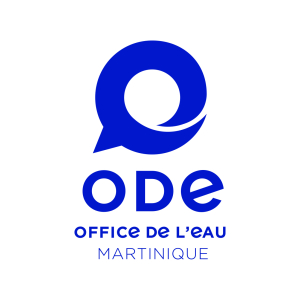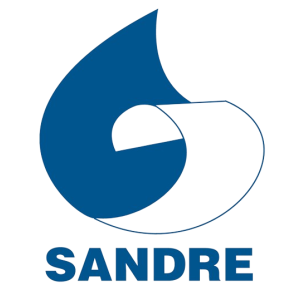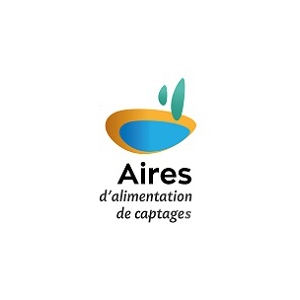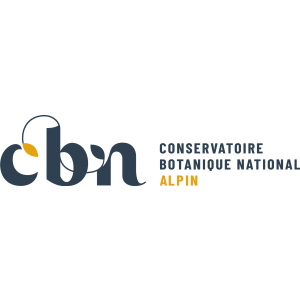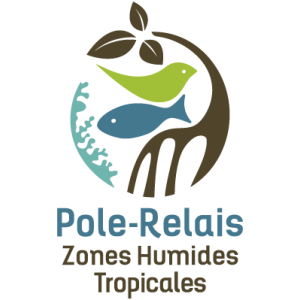
Document généré le 01/01/2026 depuis l'adresse: https://www.documentation.eauetbiodiversite.fr/fr/notice/efficiency-of-the-bottom-trawl-used-for-the-mediterranean-international-trawl-survey-medits
Titre alternatif
Producteur
Contributeur(s)
EDP Sciences
Identifiant documentaire
10-dkey/10.1016/S0990-7440(00)88470-3
Identifiant OAI
oai:edpsciences.org:dkey/10.1016/S0990-7440(00)88470-3
Auteur(s):
Loris Fiorentini,Pierre-Yves Dremière,Iole Leonori,Antonello Sala,Vito Palumbo
Mots clés
Trawl efficiency
bottom trawls
experimental fishing
gear research
trawl survey
Mediterranean
Date de publication
15/05/1999
Date de création
Date de modification
Date d'acceptation du document
Date de dépôt légal
Langue
en
Thème
Type de ressource
Source
https://doi.org/10.1016/S0990-7440(00)88470-3
Droits de réutilisation
Région
Département
Commune
Description
The aim of the work presented in this paper was to assess the relative efficiency of the GOC 73 sampling trawl used for the Mediterranean international trawl survey programme (MEDITS) compared with that of a typical Italian commercial trawl. The latter was chosen because it is commonly used by fishermen in the central Adriatic, where the experiment was conducted, and therefore appeared as the best possible sampler of the commercial species present in those areas. Moreover, this trawl is similar to the various trawls used for the Italian national survey programme (GRUND). Four fishing trips were conducted between 1996 and 1997 in different areas and seasons to sample different species. Each trip was conducted in the same fishing area. A codend cover mounted on the commercial trawl ensured that the codends of the two nets had the same mesh opening. The two trawls were alternated daily. Net geometry (horizontal and vertical net opening) was measured during all tows. Catch data were converted into abundance per swept area before comparing the trawls. Efficiency comparisons were performed on ten fish species, one crustacean and four molluscs belonging to the MEDITS list of main reference species. The MEDITS trawl was significantly less efficient in terms of both weight and numbers of individuals fished for hake (Merluccius merluccius), common sole (Solea vulgaris) and Norway lobster (Nephrops norvegicus). A highly significant difference in favour of the commercial trawl was found in the weight, but not the numbers, of common pandora (Pagellus erythrinus). Efficiency differences were negligible for red mullet (Mullus barbatus), while the MEDITS trawl was significantly more efficient for the numbers of Atlantic horse mackerel (Trachurus trachurus). For all the other main reference species differences were not significant. The commercial trawl was more efficient for large individuals of some species. The relative efficiency of the MEDITS trawl was especially low for small-size classes of N. norvegicus. The results confirm the lower efficiency of the MEDITS compared with the commercial Italian trawl for benthic species, and its greater efficiency for some others released from the bottom as well as for the pelagic ones. These data allow the results of the MEDITS surveys to be compared with those of the GRUND programme and with commercial-fleet catches in areas where the commercial trawls used are similar to the one studied here.
Accès aux documents
0
Consultations
0
Téléchargements



